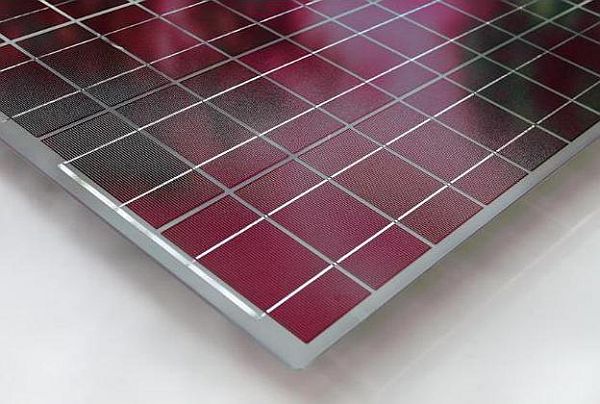
Solar cells used today are unable to use certain wavelengths of light, thus reducing their efficiency. This band of solar spectrum that does not get utilized is the main reason behind the development of solar cells which are made of materials that would put to use, the currently unusable band of light.
Pioneering this technology are researchers at Stanford University who have demonstrated a set of materials which, when layered on the back of solar cells, would enable them to convert red and near infrared light into short wavelength light. This in turn would be converted to energy by the cells.
In collaboration with the Bosch Research and Technology Center in Palo Alto, California, a working system of these improved solar cells would be available for demonstration within 4 years, according to claims by researchers. Current solar cells cannot use more than 30% of the sun’s energy because of their low energy content.
The new solar cells in development seek to change that by using a process called ‘upconversion’, which basically relies on a pair of dyes absorbing the photons of a certain wavelength and re-emitting them as usable short wavelength light. This would improve the efficiency of the solar cells from 11 to 15 percent says the leader of the Stanford group, assistant professor, Jennifer Dione, thereby making them more cost effective.
Upconversion, although not new, has never been demonstrated in a solar cell. The process involves two molecules absorbing high wavelength photons, then combining and re-emitting it as usable high energy photons. Nano particles are being developed by Dione to facilitate a higher probability of upconversion occurring with the ultimate goal being to create sheets of the material.
Bosch’s goal is to demonstrate the entire process’ viability in 4 years’ time and taking into account the time necessary to facilitate large scale manufacture of solar cells with this technology, Bosch estimates commercial availability of this technology in 7 to 10 years.
Via: TechnologyReview




